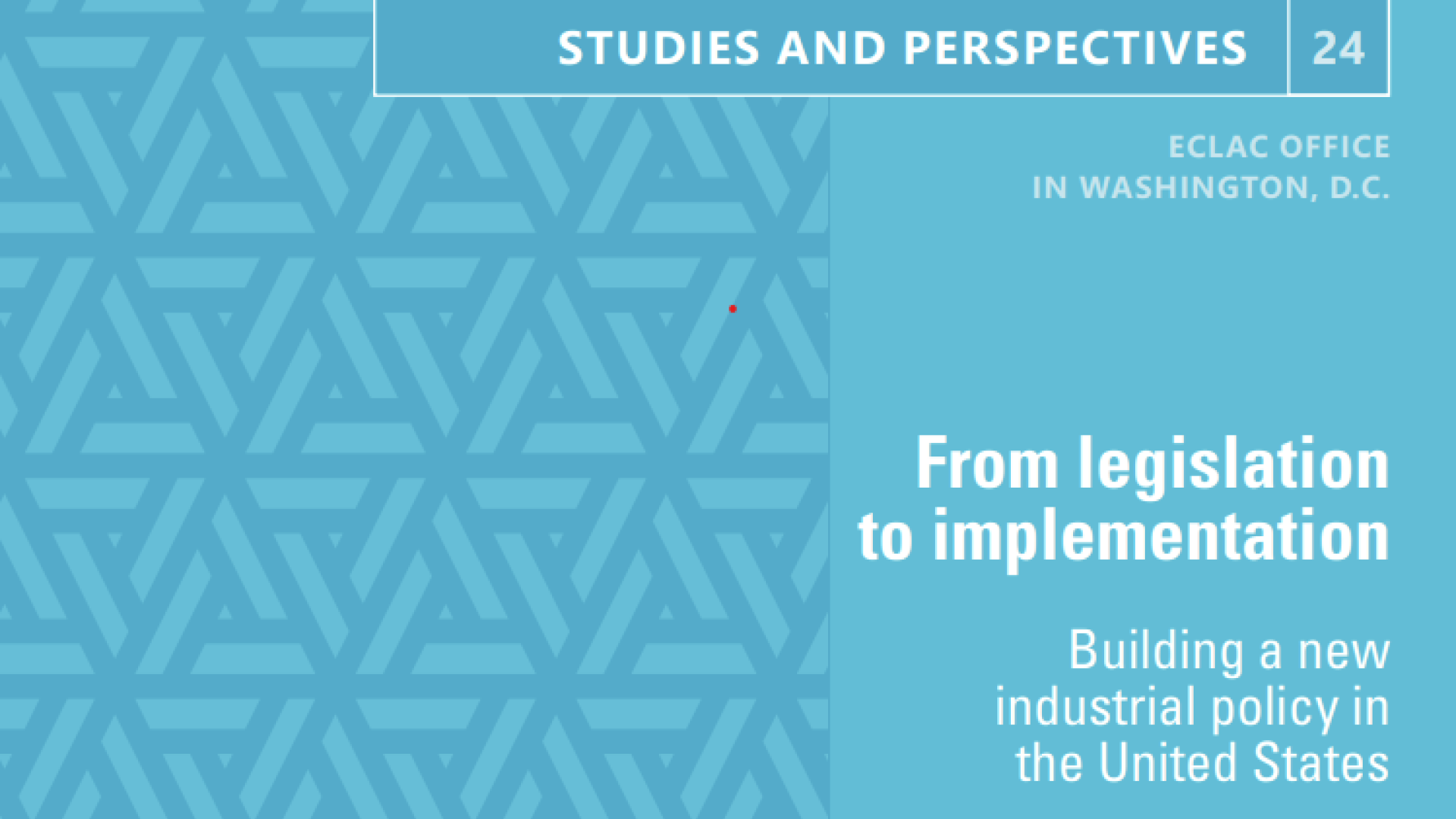Speech
The Economic Commission for Latin America and the Caribbean (ECLAC) will present a proposal on inland waterways classification for the countries of South America during the Ninth International Conference on Coastal and Port Engineering in Developing Countries, which will be held from October 16 to October 21 in Rio de Janeiro, Brazil.
The document was prepared by the United Nations regional organization’s Natural Resources and Infrastructure Division (NRID) and was published in the Bulletin of Facilitation of Transport and Trade in Latin America and the Caribbean (FAL) last February.
According to the study, South America has an extremely extensive system of naturally navigable waterways that are not sufficiently utilized for cargo and human mobility. This is especially true in regions where the provision of terrestrial infrastructure is hindered by geography and river transport is the natural mode of transport for mass production.
Studies and assistance regarding inland navigation and river mobility have a long trajectory in the NRID. Those that stand out include research on the Amazon watershed as the emerging core focus in the context of the Initiative for the Integration of Regional Infrastructure in South America (IIRSA); on the importance of the river mode of transport for countries without coastlines in South America; and finally on the development of policies for sustainable inland waterway mobility in the case of Ecuador.
In the subregion, the network of navigable rivers extends from the watersheds of the Amazon and the Paraguay-Parana Rivers, to the smaller, less navigable rivers, which tend to be even more important for local communities and economies as they offer the only means of communication and accessibility.
“In these regions, governments should recognize that navigable rivers, as main arteries of transport, complement and in certain cases replace roads and should thus receive treatment and attention on par with other modes of transport,” the study contends.
In this scenario, a South American classification of navigable inland waterways would allow for determining the actual capacity of the regional network of navigable waterways and to note and monitor its potential development.
The first discussion by regional and international experts of this proposal for classification will take place in the framework of the International Conference, during a workshop on Inland Navigation and a Better Sustainable Use of Natural Resources: Networks, Challenges and Opportunities for South America, which will be held on October 19 and seeks to promote a regional dialogue about the development of inland waterway mobility in the region.
The main objective of the gathering—organized by ECLAC in cooperation with the World Association for Waterborne Transport Infrastructure (PIANC) and Brazil’s National Waterway Transportation Agency (ANTAQ)—is to give decision makers, specialists and technical consultants an opportunity to share their experiences and present their points of view about the challenges and potential of inland waterways development in South America.
Particular attention will be paid to the role that the use of inland waterways has in a more sustainable use of the region's natural resources.
The workshop will be led by Ricardo Sánchez, Officer-in-Charge of ECLAC’s Natural Resources and Infrastructure Division; Geoffroy Caude, the President of PIANC; and Adalberto Tokarski, the Director of ANTAQ. Participants will include experts and representatives from Argentina, Bolivia, Brazil, Colombia, Ecuador, Paraguay, Peru and Uruguay, among other officials.


